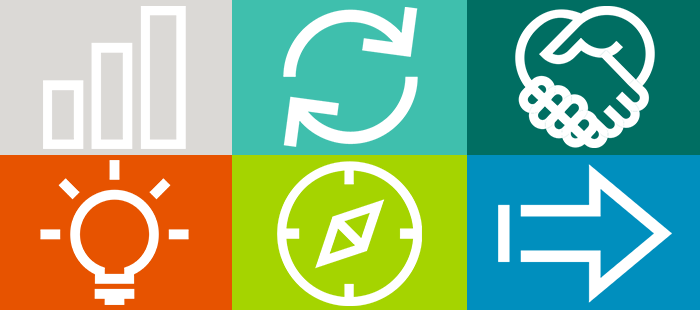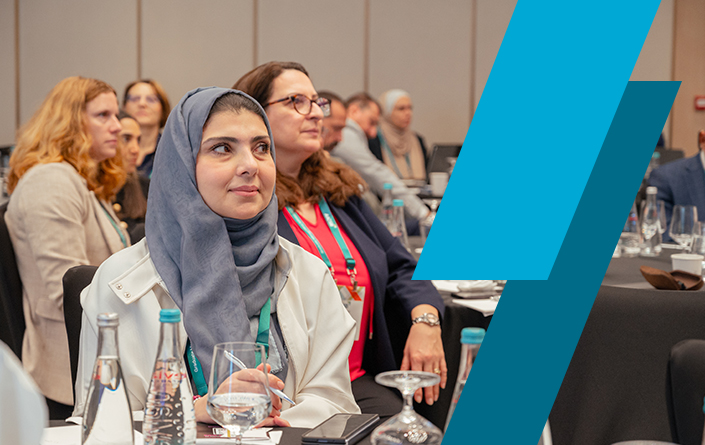Creative, Innovative AI
- AI can enhance human creativity by allowing workers to focus on improving creative outputs rather than generating ideas, designs, or solutions, which AI can do at a much larger scale.
- Technology in general creates more jobs than it replaces. For AI to benefit the broader workforce, workers will need to continually upskill to take part in the changing labor market.
- Society can more equitably enjoy the advantages of AI in the workplace if we consciously address skills gaps and access to technology.
Transcript
Paul Pavlou: [00:15] I think we should be very optimistic about AI and work. AI is here to serve us as human beings. So, trying to leverage AI to enhance our skills, whether it’s empathy, leadership, or interpersonal skills, whether it actually augments our intelligence so we can actually do things better, how can we make AI better to serve us? How we can actually use AI to become more creative, more innovative?
[00:43] For example, clothing design. Well, as opposed to having a clothing designer there, you can actually have AI provide millions of designs. You can actually put them in the market to actually sell, and then you only manufacture and sell them if there is demand in the market.
[01:02] So basically, you can see that AI can be quite creative, not because it has that human element, which is hard to do, but because they can provide billions of designs. You can actually test using real customer data which is the most appealing to consumers.
[01:20] It’s a different mindset. So it’s not just to say that, how to have AI create music, but to say we create billions of, you know, music compositions and we see which appeal to human beings.
We should be very optimistic about AI and work.
[01:33] This way you cannot replicate creativity and human innovation, but basically use how machines actually perform to reach a certain desired outcome.
[01:45] Ultimately, and kind of moving forward, when people ask me, when will AI replace all of the jobs we have?
[01:52] Well, ultimately, it might happen, and it may sound scary to most people, but on a lighter note, it’s actually a good thing because, as human beings, we like to work less, we like to do more fun stuff. And if work and the production of food, production of all the gadgets we want can be done by machines, it’s all the better for us.
[02:14] Definitely there are some challenging societal aspects in terms of whether work is done by AI. Obviously, the work is to serve somebody, an organization, the designer, the owner of the AI. So, for people whose work is being automated or replaced, it’s something that is a challenging aspect.
The notion of upskilling is very important. How do we actually teach the population broadly, working adults, to be comfortable with AI?
[02:35] It’s a broader societal challenge and similar to when we have the digital divide, the technology divide, or different nations that have technology versus not.
[02:46] We’re going to have some important societal challenges in terms of unemployment and all different aspects. So, of course, the notion of upskilling is very important. How do we actually teach the population broadly, working adults, to be comfortable with AI? So when part of their jobs or their entire jobs can be replaced, they can actually become more productive in different ways.
[03:16] In general, technology, and I hope AI is the case, creates more jobs than it replaces. And those jobs tend to be better, more knowledge-based work as opposed to less manual, more labor-intensive, and kind of relatively lower cognitive work. So these are the jobs that most people would like to do.
In general, technology, and I hope AI is the case, creates more jobs than it replaces.
[03:36] I mean, in terms of societal challenges, some people might not be able or willing to upskill.
[03:42] Well, as long as work is developed and value is created for organization, for society, I mean, then it becomes an issue. How do you distribute resources to people who might not be able to work?
[03:58] I mean, it’s not much different from agriculture and people who lost their jobs to machines or to manufacturing, whether they were moved overseas or done by machines through automation and manufacturing. So, finding ways to leverage those people, usually through upskilling.
[04:15] And if not, there will be some challenges that we need to go until we see that work is being continuously enhanced and automated with AI.






